Home>Storage & Organization>Decluttering Tips & Tricks>How To Downsize And Declutter
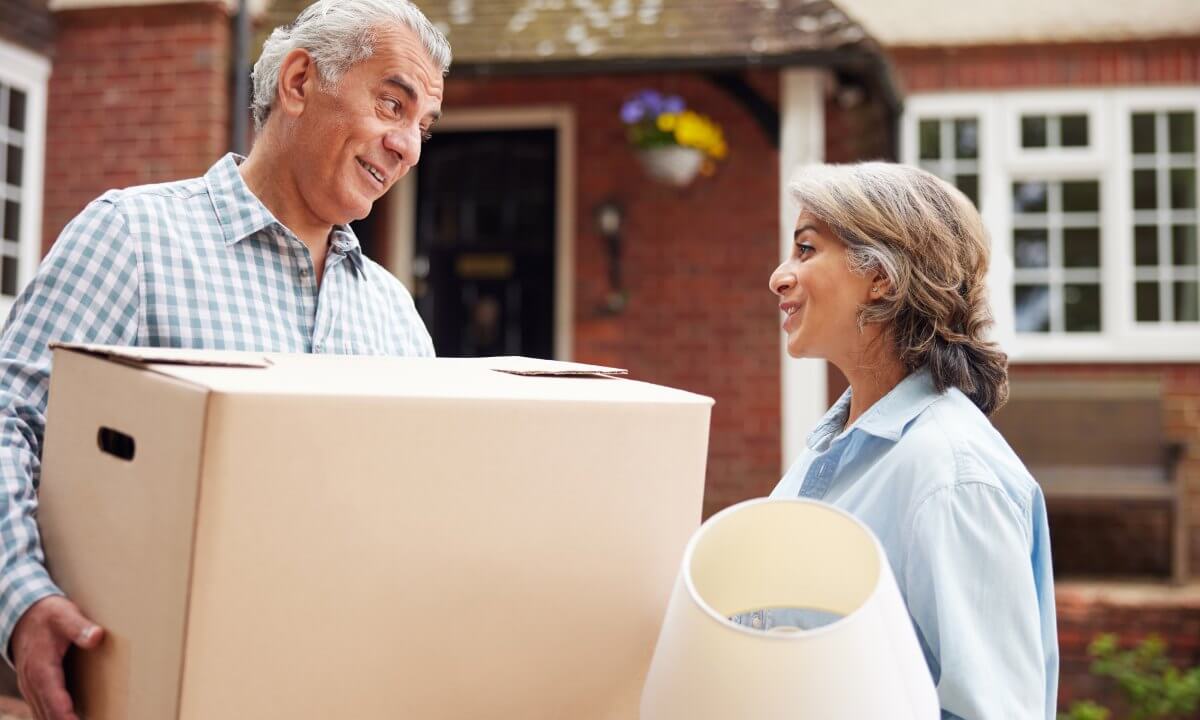

Decluttering Tips & Tricks
How To Downsize And Declutter
Modified: January 6, 2024
Learn effective decluttering tips and tricks to downsize your home and simplify your life. Discover practical strategies for decluttering and organizing your space.
(Many of the links in this article redirect to a specific reviewed product. Your purchase of these products through affiliate links helps to generate commission for Storables.com, at no extra cost. Learn more)
Introduction
Welcome to the ultimate guide on downsizing and decluttering! Whether you're preparing to move to a smaller home, striving for a more organized living space, or simply looking to simplify your life, the journey to a clutter-free environment begins here. In this comprehensive guide, we'll explore practical tips and strategies to help you streamline your possessions, optimize your living space, and cultivate a more serene and harmonious home.
Decluttering isn't just about tidying up; it's a transformative process that can positively impact your mental and emotional well-being. By taking intentional steps to reduce the excess in your life, you'll create room for clarity, creativity, and a renewed sense of purpose. Throughout this guide, we'll delve into the art of letting go, making mindful decisions about what to keep, and embracing a lifestyle centered on simplicity and functionality.
Join us on this journey as we navigate the intricacies of downsizing and decluttering, uncovering the joys of living with less and the freedom that comes with unburdening ourselves from the unnecessary. Whether you're a minimalist at heart or just starting to explore the benefits of a clutter-free lifestyle, this guide is designed to empower you with the knowledge and inspiration needed to embark on your decluttering adventure.
So, roll up your sleeves, prepare to bid farewell to clutter, and get ready to embrace a lighter, more organized way of living. Let's dive into the transformative world of downsizing and decluttering, where simplicity and serenity await.
Key Takeaways:
- Decluttering isn’t just about tidying up; it’s a transformative journey that can positively impact your mental and emotional well-being. By letting go of the unnecessary, you create space for clarity, creativity, and a renewed sense of purpose.
- Setting clear goals, sorting and organizing, and getting rid of unnecessary items are crucial steps in the decluttering process. By embracing mindful consumption and regular maintenance, you can maintain a clutter-free and harmonious living environment.
Assessing Your Current Situation
Before diving into the decluttering process, it’s essential to take stock of your current living environment. Begin by assessing the areas of your home that seem to accumulate the most clutter. Is it your overflowing closet, the chaotic kitchen cabinets, or the miscellaneous items scattered throughout the living room? Identifying the trouble spots will provide valuable insight into where to focus your decluttering efforts.
Take a walk through your home and pay attention to the areas that evoke a sense of disorganization or overwhelm. Are there items that haven’t been used in years, possessions that no longer serve a purpose, or belongings that simply don’t align with your current lifestyle? By recognizing these patterns, you’ll gain a clearer understanding of the areas that require attention and the types of items that may need to be reevaluated.
Additionally, consider the emotional impact of clutter in your home. Does the accumulation of possessions contribute to feelings of stress, anxiety, or a lack of mental clarity? Understanding the emotional toll of clutter can serve as a powerful motivator to initiate change and create a more tranquil living environment.
As you assess your current situation, take note of the areas that bring you joy and a sense of calm. Identifying these spaces will help you preserve and enhance their positive impact while striving to extend these feelings throughout your home.
Remember, the goal of this assessment is not to feel overwhelmed by the current state of your living space but to gain clarity and insight into the areas that can be improved. By acknowledging the existing challenges and opportunities, you’re laying the groundwork for a successful decluttering journey that aligns with your unique needs and aspirations.
Setting Clear Goals
As you embark on your decluttering journey, it’s crucial to establish clear and achievable goals to guide your efforts. Setting specific objectives will provide focus and motivation, helping you stay on track as you streamline your living space.
Begin by defining the overarching purpose of your decluttering project. Are you aiming to create a more spacious and organized home? Do you seek to minimize distractions and enhance productivity in your living environment? Or perhaps you’re preparing for a significant life transition, such as downsizing to a smaller residence or embracing a minimalist lifestyle?
Once you’ve identified the broader intention behind your decluttering endeavor, break it down into tangible, actionable goals. These could include decluttering and organizing a specific room, reducing the overall number of possessions, or implementing sustainable storage solutions to maintain a clutter-free space.
Consider the timeframe within which you hope to achieve these goals. Setting realistic deadlines can provide a sense of structure and prevent the decluttering process from feeling overwhelming. Whether you aim to declutter one room per week or tackle the entire home over the course of a month, establishing a timeline will help you pace yourself and make steady progress.
It’s also beneficial to prioritize your goals based on the areas of your home that require immediate attention. By addressing the most cluttered or disorganized spaces first, you can experience the gratifying impact of your efforts early on, fueling your motivation to continue decluttering throughout your home.
Lastly, consider the emotional and lifestyle-related objectives intertwined with your decluttering goals. Are you seeking a greater sense of tranquility and mindfulness in your living space? Do you aspire to cultivate a home environment that reflects your values and promotes well-being? By aligning your decluttering goals with these deeper aspirations, you can infuse purpose and meaning into the process, transforming it into a journey of self-discovery and intentional living.
Setting clear and meaningful goals will serve as a compass, guiding you through the decluttering process and empowering you to create a living space that resonates with your vision for a simpler, more fulfilling lifestyle.
Sorting and Organizing
Once you’ve established your decluttering goals, it’s time to roll up your sleeves and dive into the sorting and organizing phase. This pivotal stage involves methodically assessing your belongings, categorizing them, and implementing effective organizational systems to streamline your living space.
Begin by designating separate areas for items you wish to keep, donate, sell, or discard. As you sort through your possessions, consider each item’s utility, relevance to your current lifestyle, and the joy it brings into your life. Embrace the principles of Marie Kondo’s KonMari method, which encourages individuals to keep only those items that spark joy and serve a practical purpose in their daily lives.
As you sort through your belongings, categorize them based on their respective functions or usage. This may involve grouping together clothing, accessories, books, kitchenware, sentimental items, and miscellaneous possessions. By organizing your belongings into distinct categories, you’ll gain clarity on the types of storage solutions needed to maintain a clutter-free environment.
Next, explore innovative storage solutions that align with your decluttering goals. Consider utilizing multifunctional furniture, space-saving organizers, and storage containers to maximize the efficiency of your living space. Embrace vertical storage options, such as wall-mounted shelves and hanging organizers, to free up valuable floor space and reduce visual clutter.
Throughout the sorting and organizing process, remain mindful of the flow and accessibility of your living space. Arrange frequently used items in easily accessible areas while storing seasonal or occasional belongings in less prominent locations. This intentional approach to organization will enhance the functionality and visual appeal of your home, creating a harmonious and stress-free environment.
Remember, the sorting and organizing phase is an opportunity to curate your living space intentionally, surrounding yourself only with items that hold genuine value and contribute to a sense of well-being. Embrace this transformative process with an open heart and a commitment to creating a living environment that reflects your unique preferences and aspirations.
When downsizing and decluttering, start with one room at a time to avoid feeling overwhelmed. Sort items into keep, donate, and discard piles to make the process more manageable.
Getting Rid of Unnecessary Items
As you progress through the decluttering journey, the process of parting with unnecessary items is a crucial step toward achieving a more streamlined and harmonious living space. Letting go of possessions that no longer serve a purpose or bring joy into your life is a liberating act that paves the way for a more intentional and clutter-free environment.
When evaluating items for removal, consider their practical utility and emotional significance. Embrace the mindset of quality over quantity, prioritizing possessions that align with your current lifestyle and contribute positively to your daily routines. If an item has remained unused or forgotten for an extended period, it may be time to bid it farewell and create space for the things that truly matter.
Embrace sustainable practices by exploring various avenues for parting with unnecessary items. Consider donating gently used clothing, household goods, and furniture to local charities or shelters, allowing these items to bring value and joy to others in need. Hosting a garage sale or utilizing online platforms for selling items can also provide a means of repurposing possessions while generating extra income.
For items that no longer hold practical or sentimental value, responsible disposal methods such as recycling or proper waste management should be employed. By prioritizing eco-friendly practices, you can minimize the environmental impact of decluttering while embracing a mindful approach to simplifying your living space.
As you navigate the process of letting go, be gentle with yourself and acknowledge the emotional aspect of parting with possessions. Express gratitude for the role each item has played in your life, and release it with the understanding that its purpose has been fulfilled. Embracing a mindset of abundance and appreciation for the items you choose to keep will enhance the joy and fulfillment they bring into your daily life.
Remember, decluttering is not solely about removing possessions; it’s a transformative journey that empowers you to curate a living environment aligned with your values, aspirations, and well-being. Embrace the process of letting go as a powerful step toward creating a home that reflects your true essence and fosters a sense of peace and contentment.
Read more: How To Downsize Wardrobe
Creating a Plan for the Future
As you near the completion of your decluttering journey, it’s essential to develop a sustainable plan for maintaining a clutter-free and organized living space in the long term. By establishing practical strategies and habits, you can ensure that the transformative effects of decluttering endure, fostering a sense of tranquility and harmony within your home.
Begin by identifying daily habits and routines that contribute to a clutter-free environment. Embrace the practice of regular tidying and organizing, allocating small pockets of time each day to maintain the order and cleanliness of your living space. By integrating these habits into your daily routine, you can prevent clutter from accumulating and maintain a serene and inviting home environment.
Explore the concept of mindful consumption and intentional living as you move forward. Cultivate a discerning approach to acquiring new possessions, prioritizing quality over quantity and investing in items that align with your values and functional needs. By adopting a mindful approach to consumption, you can prevent future clutter and make deliberate choices that enhance the overall harmony of your living space.
Implement sustainable storage solutions that support the organization and accessibility of your belongings. Evaluate the effectiveness of your current storage systems and make adjustments as needed to accommodate your decluttered possessions. Embrace the principle of “a place for everything and everything in its place,” ensuring that each item has a designated home within your living space.
Consider establishing regular decluttering checkpoints throughout the year to reassess your possessions and maintain a clutter-free environment. These periodic evaluations provide an opportunity to reevaluate the relevance of your belongings, address any emerging clutter, and fine-tune your organizational systems to adapt to evolving needs.
Lastly, enlist the support of family members or housemates in maintaining a clutter-free home. Foster open communication and collaboration to ensure that everyone contributes to the shared goal of a serene and organized living space. By cultivating a collective commitment to decluttering and organization, you can create a harmonious home environment that reflects the values and aspirations of its inhabitants.
By creating a comprehensive plan for the future, you can solidify the transformative effects of decluttering and cultivate a living environment that embodies simplicity, functionality, and a profound sense of well-being.
Maintaining a Clutter-Free Environment
After completing the decluttering process and creating an organized living space, maintaining a clutter-free environment becomes a key priority. By integrating practical strategies and fostering a mindful approach to daily routines, you can preserve the transformative effects of decluttering and cultivate a harmonious home environment.
Embrace the practice of regular tidying and maintenance to prevent clutter from reemerging. Dedicate a few minutes each day to tidy up communal spaces, return items to their designated homes, and address any potential sources of clutter before they accumulate. Consistent and proactive tidying habits will help sustain the order and visual appeal of your home.
Implement a “one in, one out” rule to manage the influx of new possessions. For every new item brought into your living space, consider parting with an existing possession to maintain a balanced and clutter-free environment. This intentional approach to consumption fosters mindfulness and prevents unnecessary accumulation of belongings.
Regularly assess the functionality and organization of your storage solutions. Periodically review the effectiveness of your organizational systems, making adjustments as needed to accommodate any changes in your living space or possessions. Ensure that storage solutions continue to support the accessibility and visual appeal of your belongings.
Embrace the principles of conscious consumerism and intentional living. Before making new purchases, consider the practical utility, durability, and alignment with your lifestyle to prevent the introduction of unnecessary possessions. By adopting a discerning approach to consumption, you can uphold the clutter-free ethos of your living space.
Encourage open communication and collaboration with household members to maintain a shared commitment to decluttering and organization. Foster a supportive and cooperative environment where everyone contributes to the upkeep of a clutter-free home. By aligning on common goals and responsibilities, you can sustain a harmonious and organized living space.
Lastly, celebrate the ongoing journey of maintaining a clutter-free environment as a collective effort. Embrace the sense of peace, tranquility, and enhanced well-being that arises from a streamlined living space. Recognize and appreciate the positive impact of your collective efforts in preserving a clutter-free and inviting home environment.
By integrating these practical strategies and fostering a mindful approach to daily routines, you can uphold the transformative effects of decluttering and cultivate a harmonious living environment that reflects simplicity, functionality, and a profound sense of well-being.
Frequently Asked Questions about How To Downsize And Declutter
Was this page helpful?
At Storables.com, we guarantee accurate and reliable information. Our content, validated by Expert Board Contributors, is crafted following stringent Editorial Policies. We're committed to providing you with well-researched, expert-backed insights for all your informational needs.
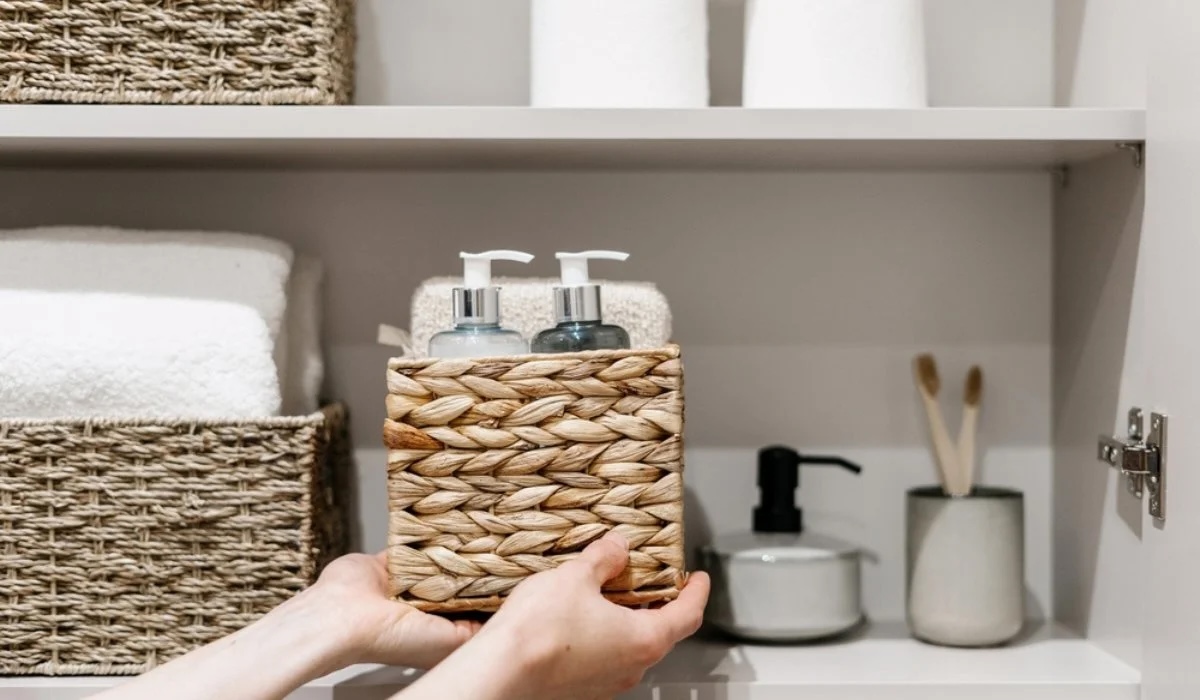

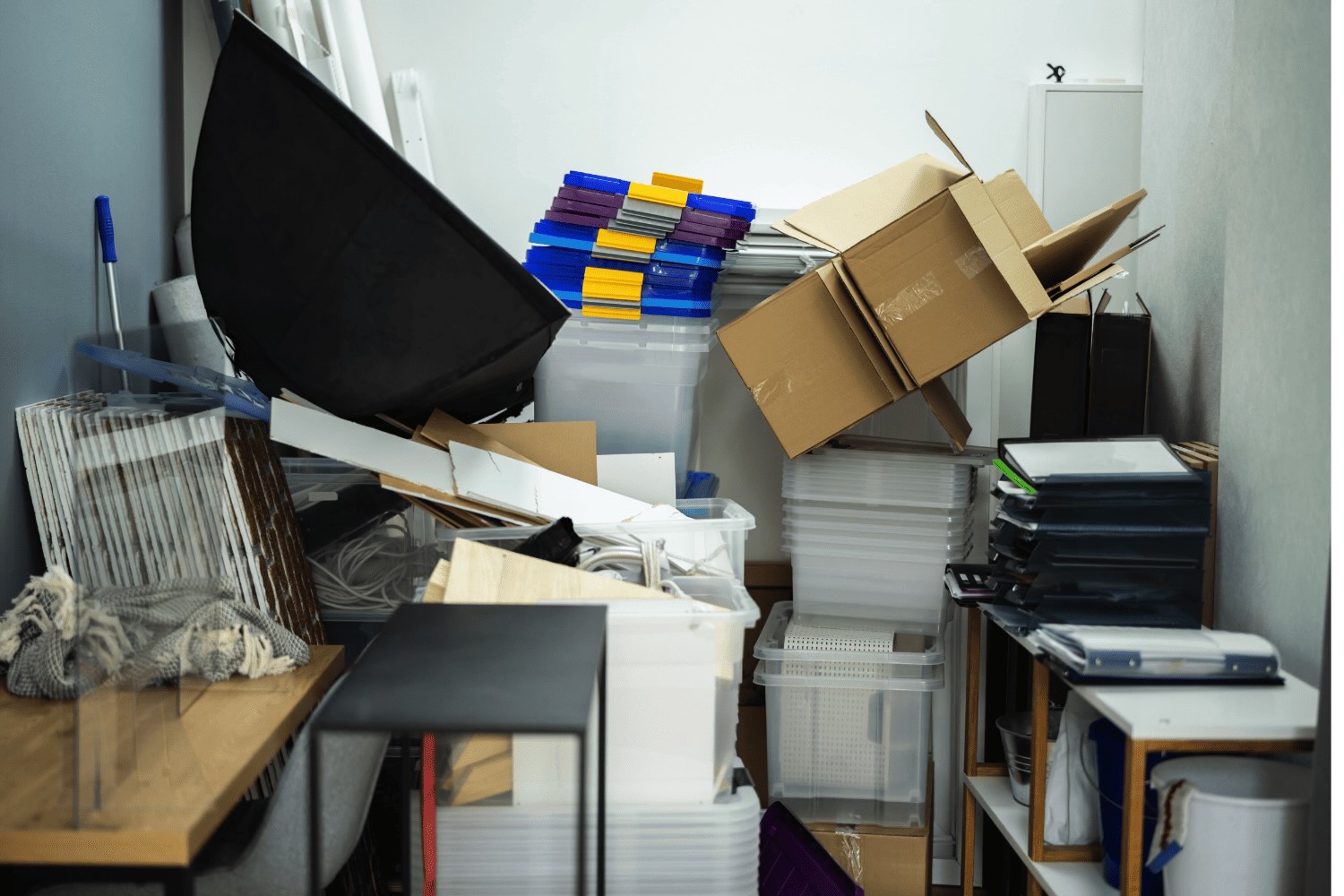
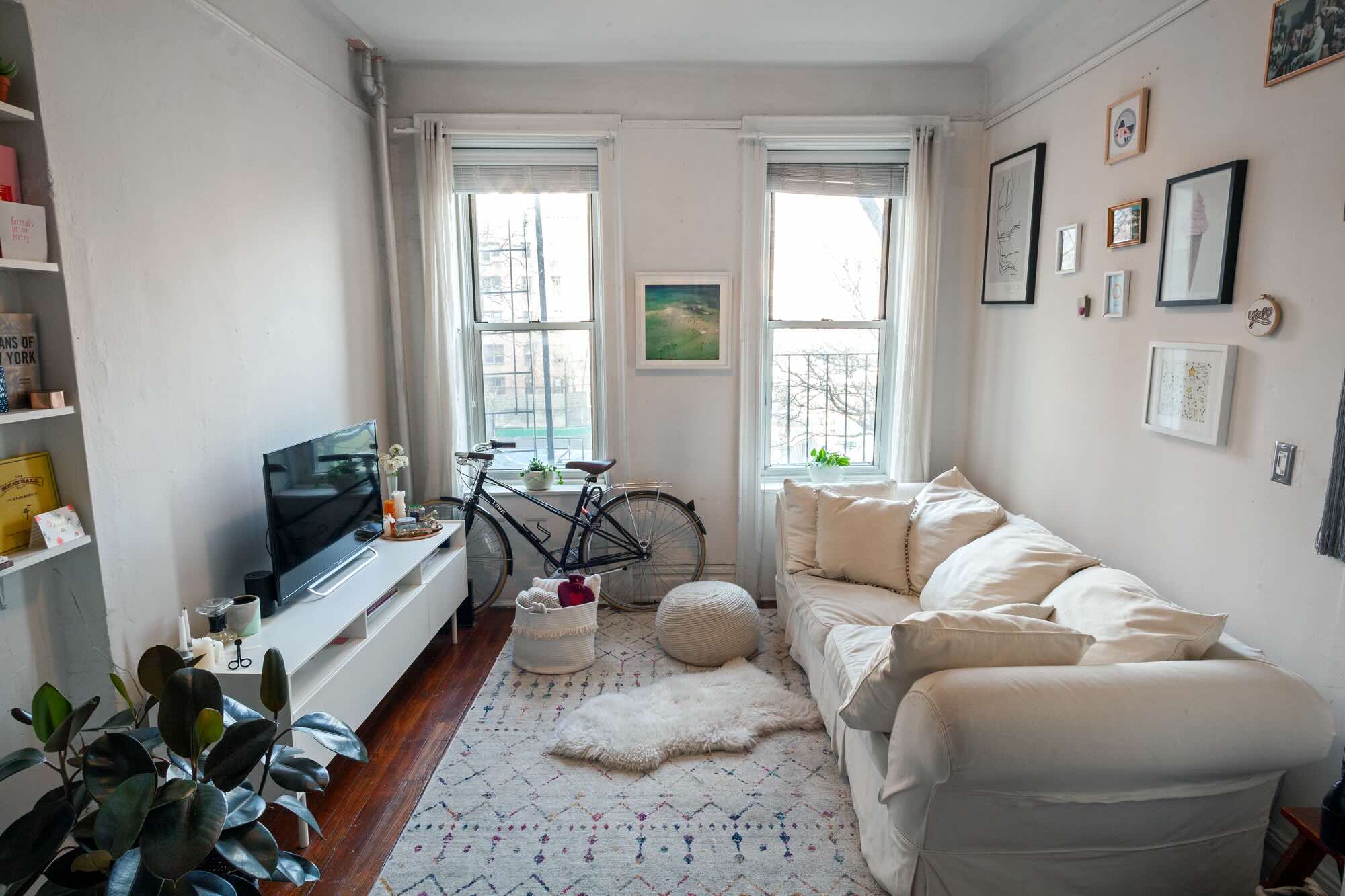
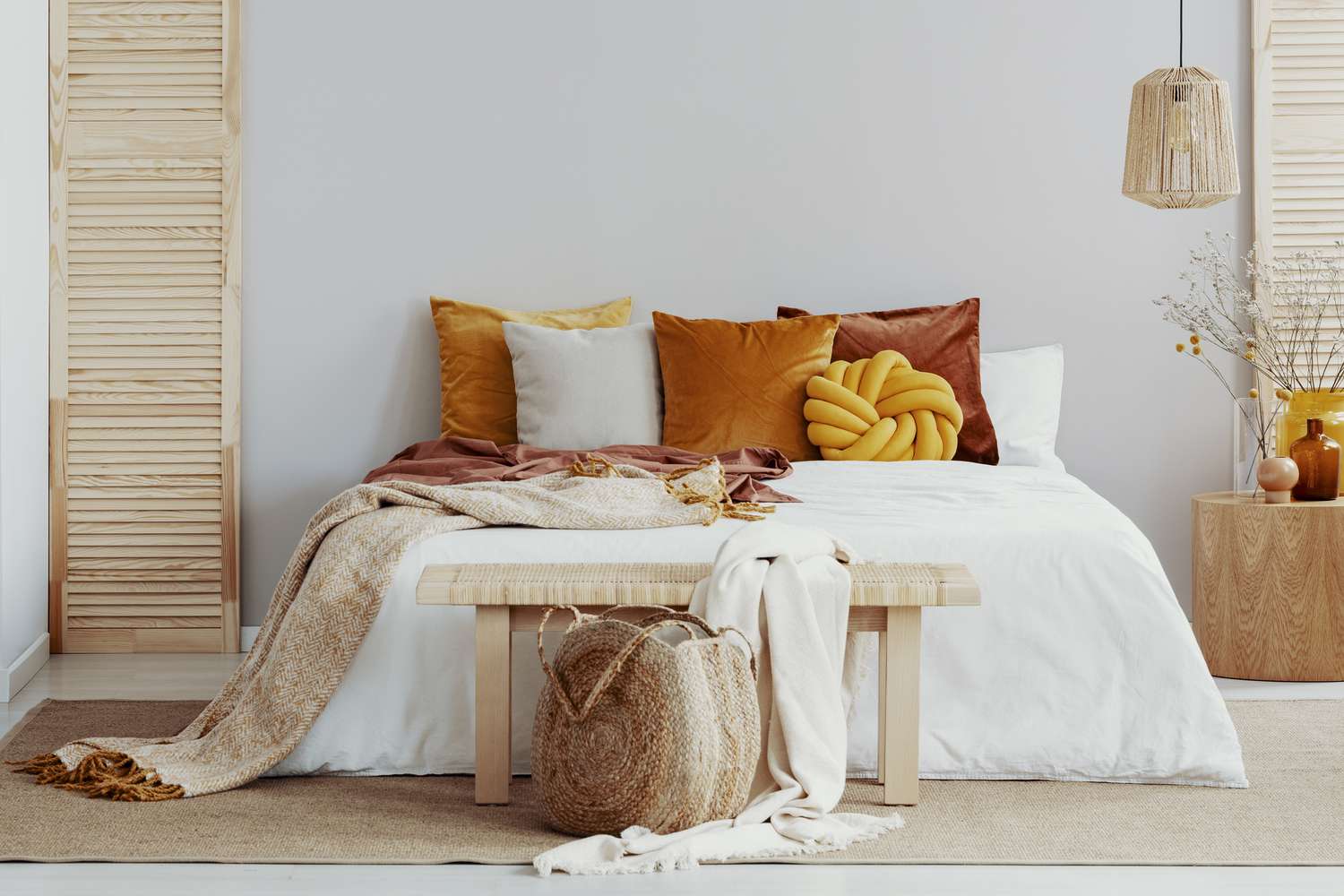
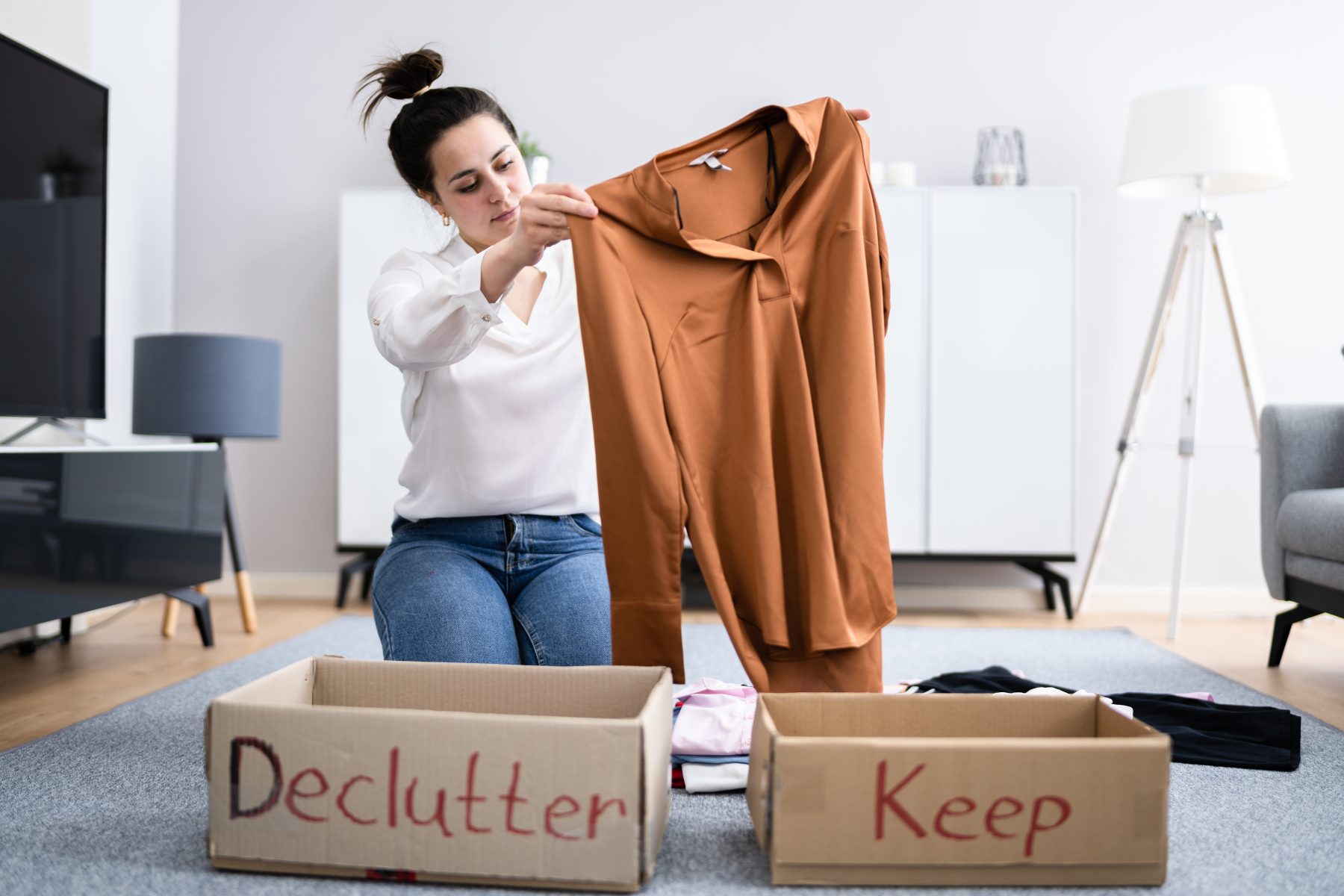
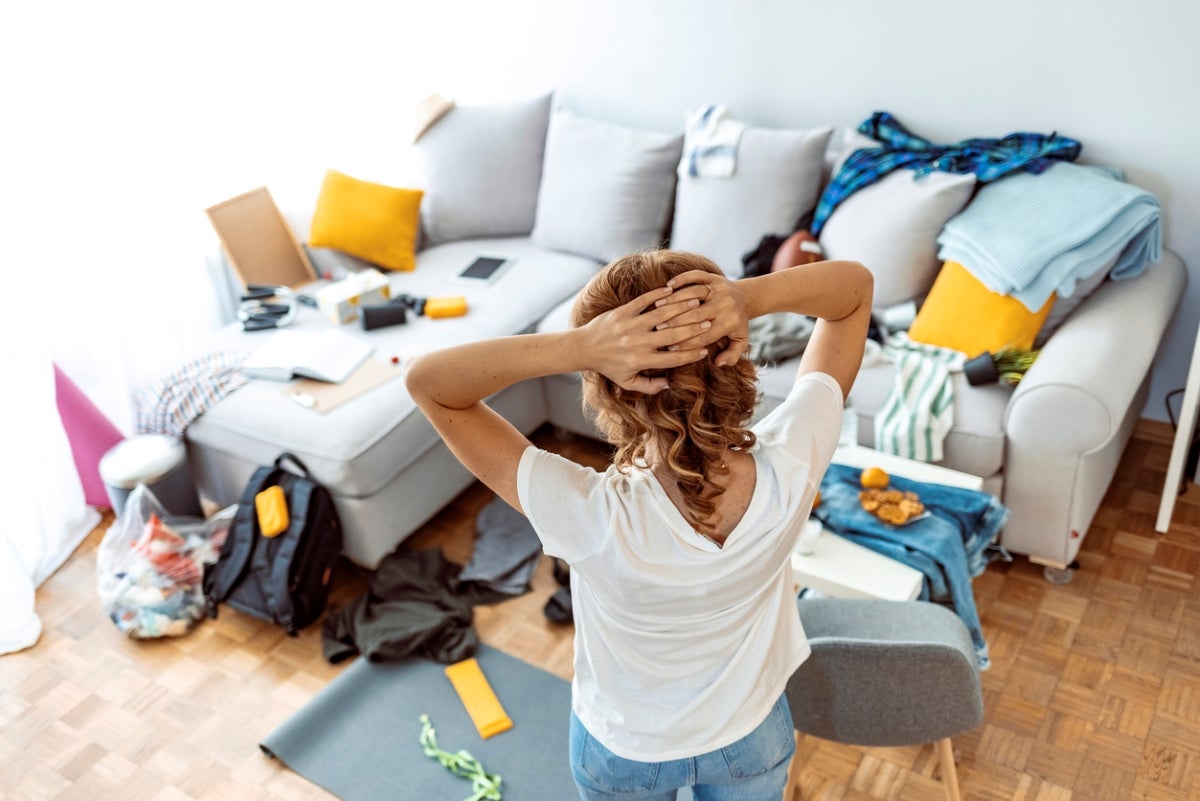
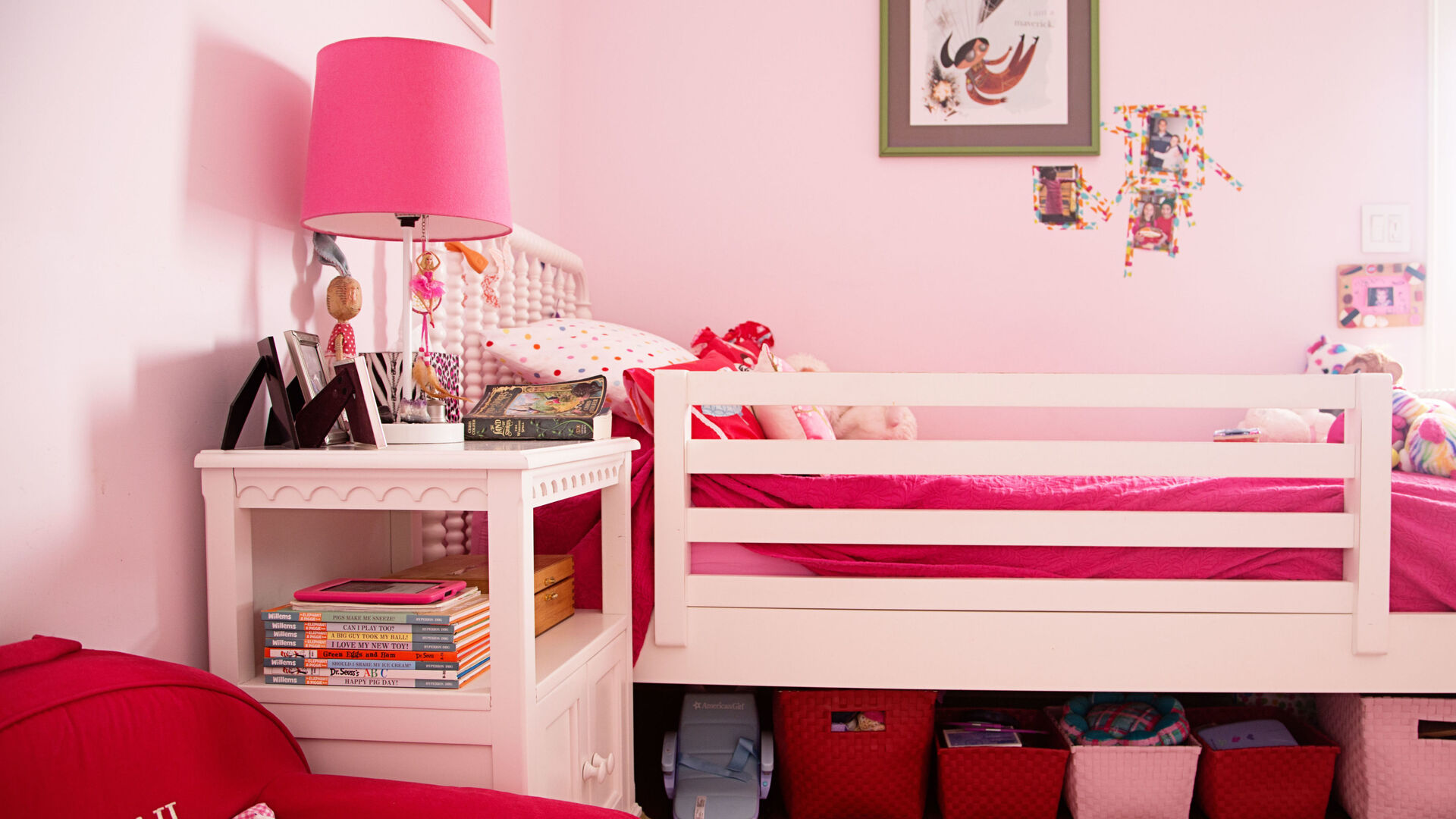
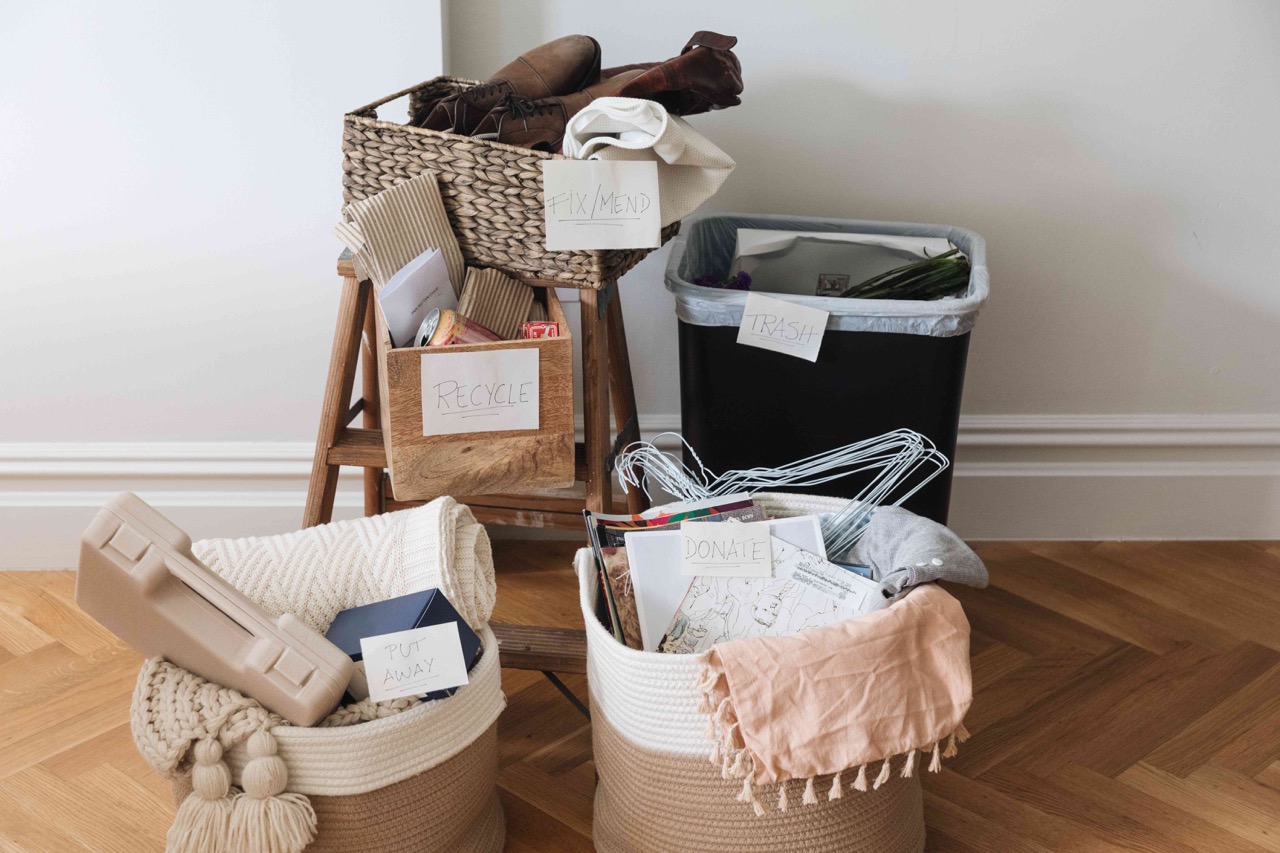

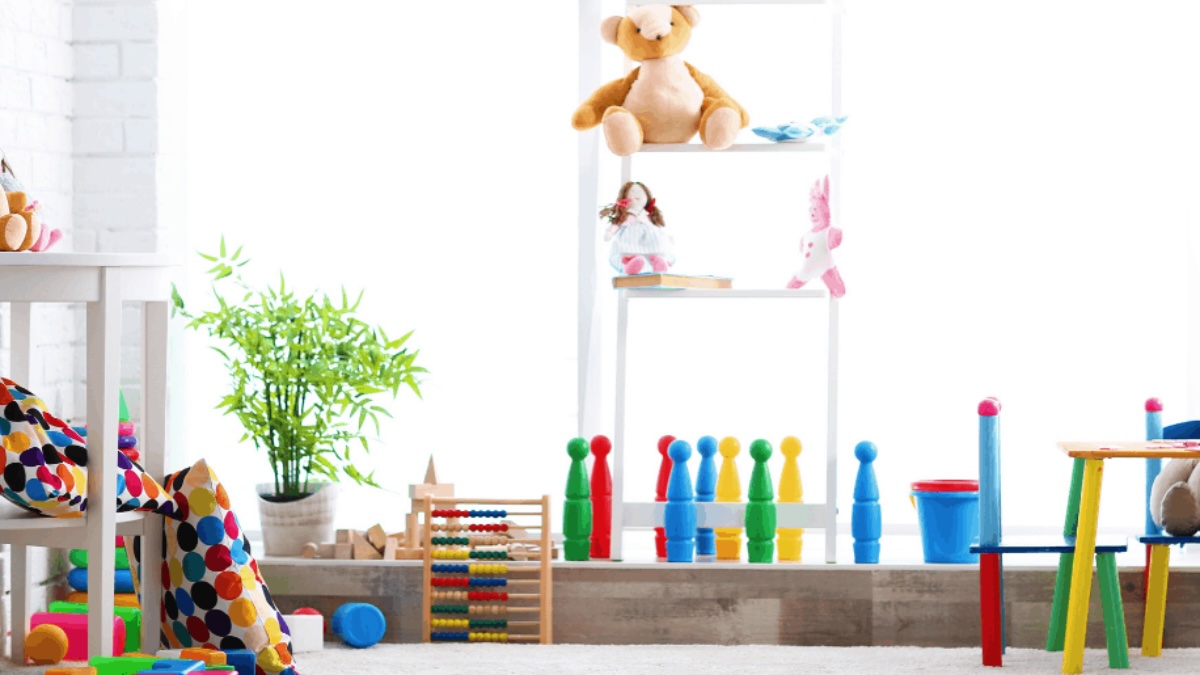


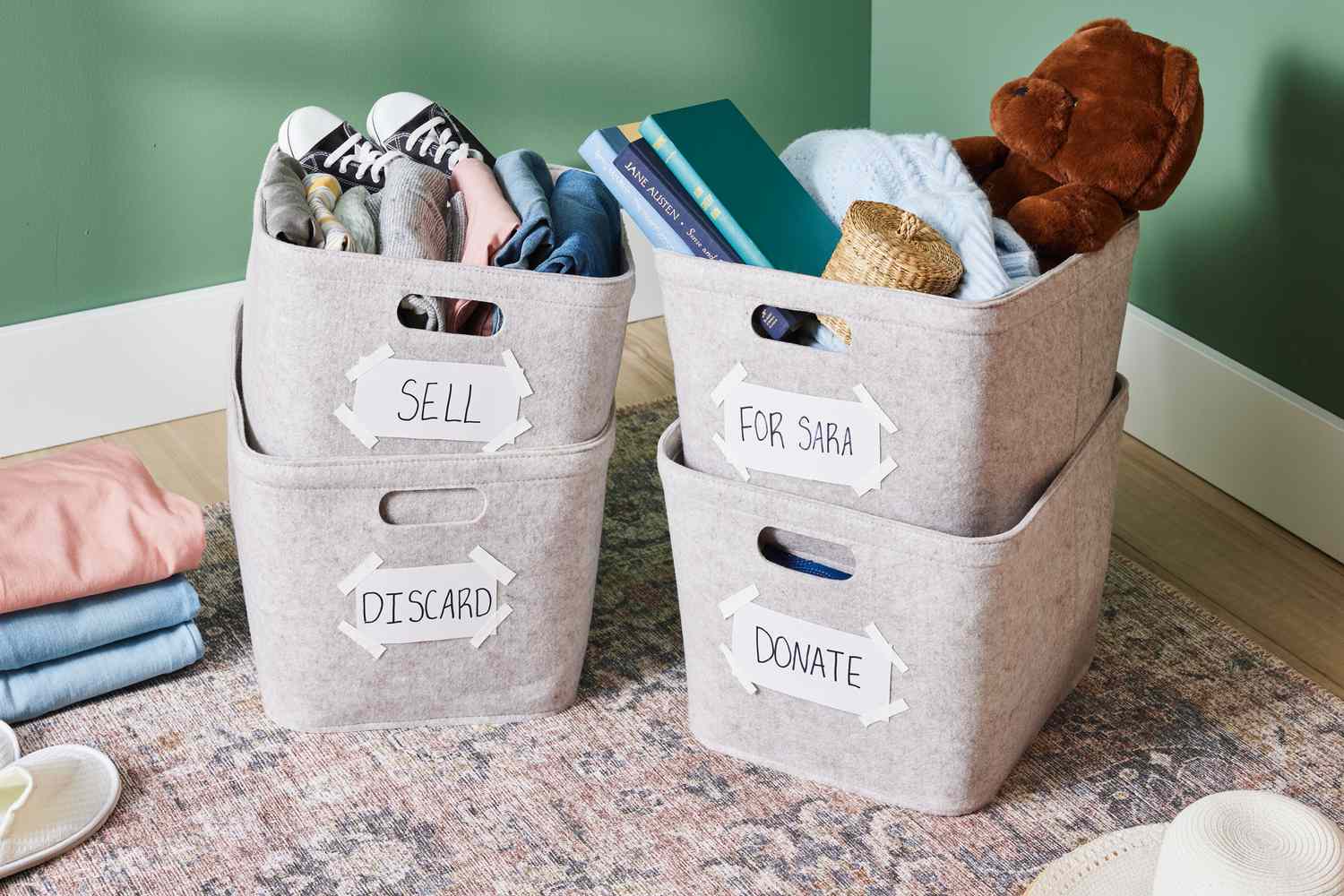

0 thoughts on “How To Downsize And Declutter”